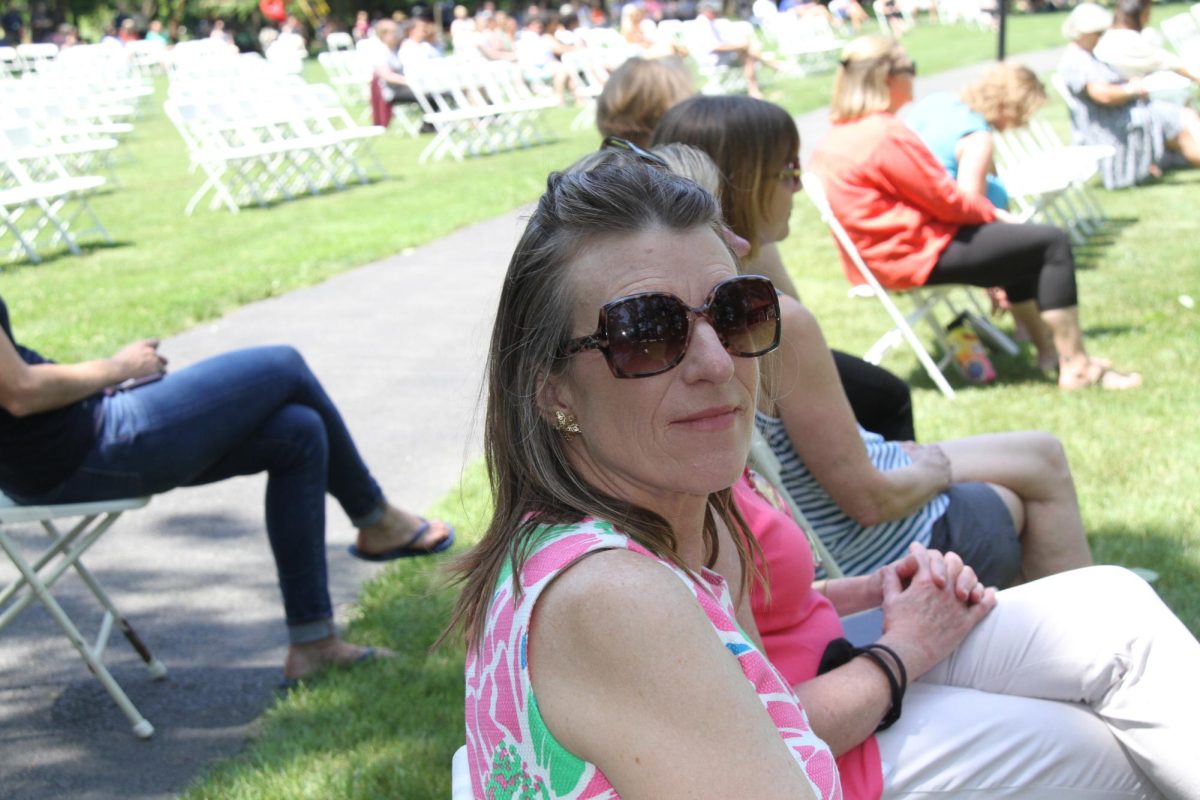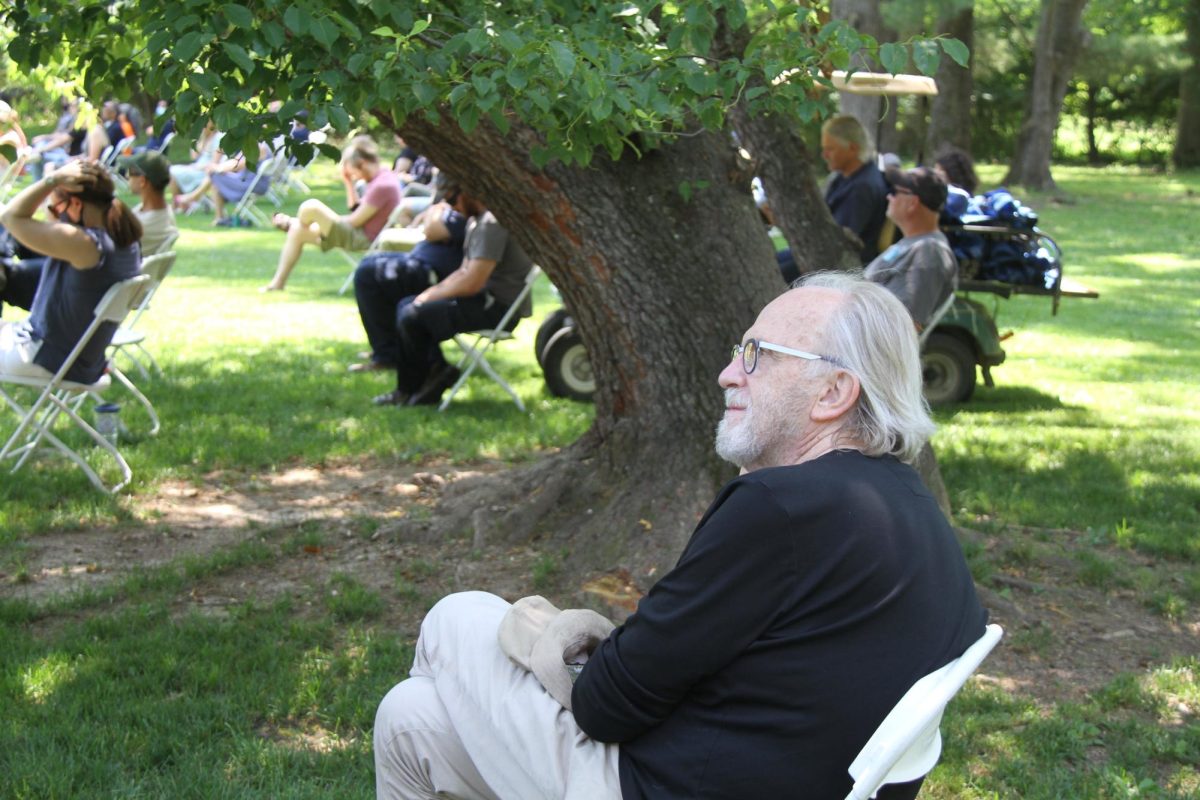PDS alumnus Eleanor Oakes ‘03 to exhibit art in Anne Reid Gallery
December 3, 2015
Dust. Tiny particles accumulating in the corners of space. The physical remnants of a lingering past. For many, dust exists as an insignificant residue, present only to be swept away. But for artist Eleanor Oakes ‘03, dust is ubiquitous, evidence of human interference and its effects as time proceeds.
Currently an artist and college photography teacher living in Detroit, Oakes graduated from PDS in 2003, and subsequently received a BA in Visual Arts and Art History from Princeton University in 2007, and an MFA in Art Practice from Stanford University in 2014. In addition, she has received a multitude of awards and held many exhibitions.
Oakes will feature her photographic and video work with dust in an exhibit entitled Barnes Hall 2012-2014 at the PDS Anne Reid ‘72 Art Gallery. Her exhibit will be on display from November 24 until December 17. She will also be returning to PDS in late November to visit the Advanced Photography classes taught by Upper School photography teacher Eileen Hohmuth-Lemonick.
As an artist, Oakes takes interest in how people unintentionally mark their surrounding space, leaving traces of their presence behind. She frequently works to visually portray ideas that are not physically present. “There’s a visual language that you can communicate with and that’s something that I’m really interested in exploring and finding,” she said.
The Barnes Hall 2012-2015 exhibit to be installed in the Anne Reid ’72 Art Gallery can be viewed as a self-portrait of Oakes. It originated from the dust she found in her studio as a graduate student in Stanford, where she was part of their two-year non-medium-specific program admitting only five students per year. It was through another project, in which she tried to make her own science fiction space backgrounds, that she began to work with dust. She had used fire to represent planets, and decided to use the dust in her studio to represent celestial space. With that, she began creating the pieces in this exhibit.
Sweeping her studio, she brought the hairballs, dust bunnies, and other dust- related particles to the darkroom. She placed dust on large pieces of sheet film, exposed it to the light of a flashlight, and obtained an outline of the dust in white while the paper was in black. The resulting photographs of dust appeared similar to little Milky Way galaxies, and many of her prints can now be found on her website (http://www.eleanoroakes.com).
Oakes also used some of the negatives and reanimated them together into a video piece which will be shown in the gallery. That video piece is a slow twenty-minute loop replaying continuously. Describing her video piece, she said, “Some places you can see it’s moving more, sometimes not so much, but I kind of think of it very much like stargazing. So if we’re look up at the night sky, we know that we’re moving, we know that the planet’s shifting … but this is more like actually watching stars. Sometimes we see a satellite or shooting star or something, but it’s not the most thrilling activity. It’s more about meditation and beauty and relaxation.”
Oakes’s contemplative exhibit that features her unique photography and video work is truly thought-provoking and not to be missed. As she remarked about her Barnes Hall exhibit in her interview with Luca Curci during her Hidden Rooms exhibition in Venice, “The piece embodies how we exist within our own private space, the perpetual accumulation of dust as a measurement of time, and the tiny particles that make up our totality, while underlining our own mortality within that system. Barnes Hall makes visible the hidden nature of our being and the remains of its physical memory.





